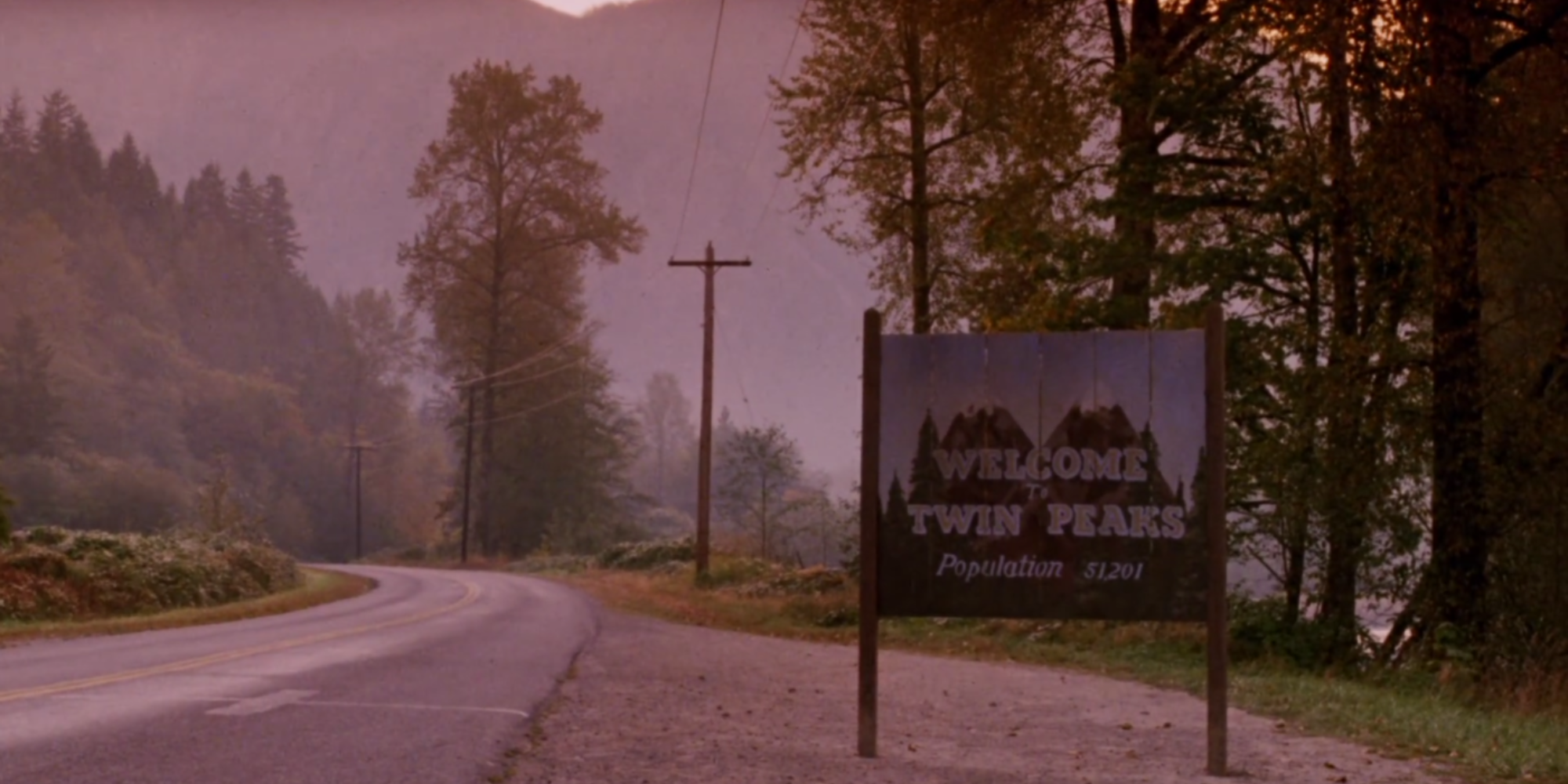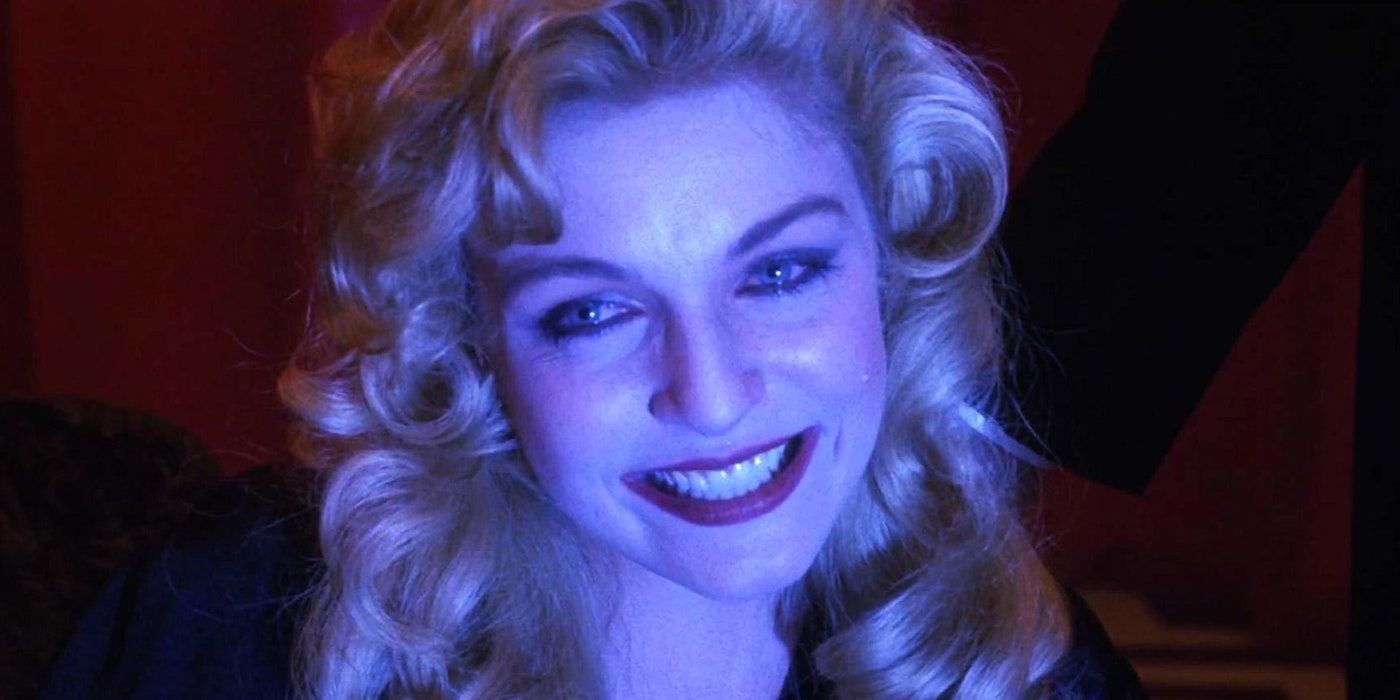Twin Peaks stands the test of time as one of television's most singular, atmospheric, and just plain zany experiences. The word "unprecedented" gets overused these days, but co-creators David Lynch and Mark Frost's incomparable brand of surrealism, psychological horror, melodrama, noir, sheer absurdity, and ferocious violence fundamentally changed television when the series debuted in 1990. Critics and fans alike adored the disturbing yet noxiously enchanting saga of a small town as ensnared by its internal depravity as it is by actual demonic forces — but there's also the cherry pie, the coffee, and the doughnuts, so maybe everything evens out? As with unpredictable puzzle box mysteries, it's impossible not to wonder how Lynch and Frost concocted such an oft-imitated and never-beaten narrative venture.
What Inspired ‘Twin Peaks’?
Frost and Lynch's first attempts at a creative partnership weren't prosperous. Lynch, a five-time director as of 1990 whose aesthetics concocted the term "Lynchian," and Frost, an experienced screenwriter and executive story editor on NBC's critically applauded procedural Hill Street Blues, met over whether or not to adapt a book about Marilyn Monroe and the conspiracy theories surrounding her death. The film never came about, and neither did a script entitled One Saliva Bubble. The two established a rapport, however.The initial inklings of what morphed into Twin Peaks materialized thanks to the insistence of Tony Krantz, Lynch's agent. He encouraged Lynch to channel Blue Velvet's dramatic sensibilities into a television project: namely, Lynch's distinct perspective on suburban American life. Blue Velvet and Twin Peaks share similarities beyond the casting of Kyle MacLachlan as the lead: Blue Velvet's Jeffrey Beaumont (MacLachlan) becomes an amateur detective after discovering a severed ear, and his excursions lead him into the seedy underbelly lying like a coiled snake beneath his hometown's white picket fence life. Twin Peaks' Dale Cooper, an actual FBI agent, investigates the death of high school homecoming queen Laura Palmer (Sheryl Lee), and in so doing unravels not just the town's seedy underbelly but some supernatural shenanigans to boot.Neither Frost nor Lynch was too keen on Krantz's vision, but they "just decided to humor him." According to Frost, "We started with this image of a body washing up on a lake." Frost knew his way around the structure of effective television. His ideas focused on "a sort of Dickensian story about multiple lives in a contained area that could sort of go on perpetually." Frost and Lynch then watched Peyton Place, an Academy Award-nominated film from 1957 about a New England mill town up to its neck in murder, crime, and incest.During their brainstorming sessions, something clicked when it came to the idea of the murdered girl next door who was concealing a troubled, disturbing life underneath the glamorous veneer of innocence. Lynch's oeuvre, for one, maintains an interest in the "darkness hiding underneath" motif as well as imperiled beautiful women (Maybe we can rest that one at some point, David.) With a general idea in place, Frost drew from his personal experiences to develop the logging town of Twin Peaks, Washington, and its doomed homecoming queen.
How Much of ‘Twin Peaks’ Is Real?
Frost had grown-up hearing his grandmother tell ghost stories about the 1908 unsolved murder of Hazel Irene Drew, a 20-year-old girl from the Taborton, New York area. Local legends claimed Hazel haunted Upstate New York. Such tales were the perfect spooky accompaniment to hot summer nights.As an adult, Frost researched Hazel's case and said, "It was the notion of this girl’s body being found on the edge of the water, the mystery remaining unsolved, the multiple suspects, and the kind of cross-cultural and different social classes of people she interacted with." From there, the life and death of Laura Palmer was officially born.Hazel and her fictional doppelganger share several similarities beyond their tragic murders stirring up a small town. Hazel's cold case involved different suspects and unraveled secrets about her social life. She was described as a "small-town [beauty]," and she had years of domestic work experience. Hazel kept secrets, however: her trunk was home to "dozens of postcards and letters" that "suggest[ed] dalliances and clandestine meetings," which she concealed from her parents.In addition to presenting that popular, sweet, semi-virginal facade associated with the term "homecoming queen," Laura Palmer was a Meals on Wheels volunteer and dated the captain of Twin Peaks' football team. As depicted in the film Twin Peaks: Fire Walk With Me, Laura was also a victim of malevolent supernatural forces who relish feeding off human pain. As a result, her life was unimaginably horrifying. The side she hid from family and friends included child sexual abuse, a cocaine addiction, and multiple affairs.
Are 'Twin Peaks' Characters Based on Real People?
Frost's childhood summers also inspired him when it came to creating Twin Peaks’ characters, but they were only initial jumping-off points. "I’d grown up hearing about people in the mountain who were out of the ordinary," he says, "who were a little off-kilter sometimes." Some of Twin Peaks' best and most beloved characters are, in fact, the supporting cast (Rest in Peace, Catherine E. Coulson). Some of the town's geography also parallels the Taborton Mountain area, specifically the town of Sand Lake.Sadly, Hazel Irene Drew's murder remains unsolved to this day. Inspiring a pop culture classic like Twin Peaks is no comfort or justice, especially in a storytelling society that still capitalizes on the fictional traumas and deaths of young women. At least anyone looking for answers about Twin Peaks can recognize, and reflect, on her memory.
"story" - Google News
June 10, 2023 at 02:15AM
https://ift.tt/8nPa07y
Is 'Twin Peaks' Based on a True Story? - Collider
"story" - Google News
https://ift.tt/sQM1EPu
https://ift.tt/H0hIBMa
Bagikan Berita Ini

















0 Response to "Is 'Twin Peaks' Based on a True Story? - Collider"
Post a Comment